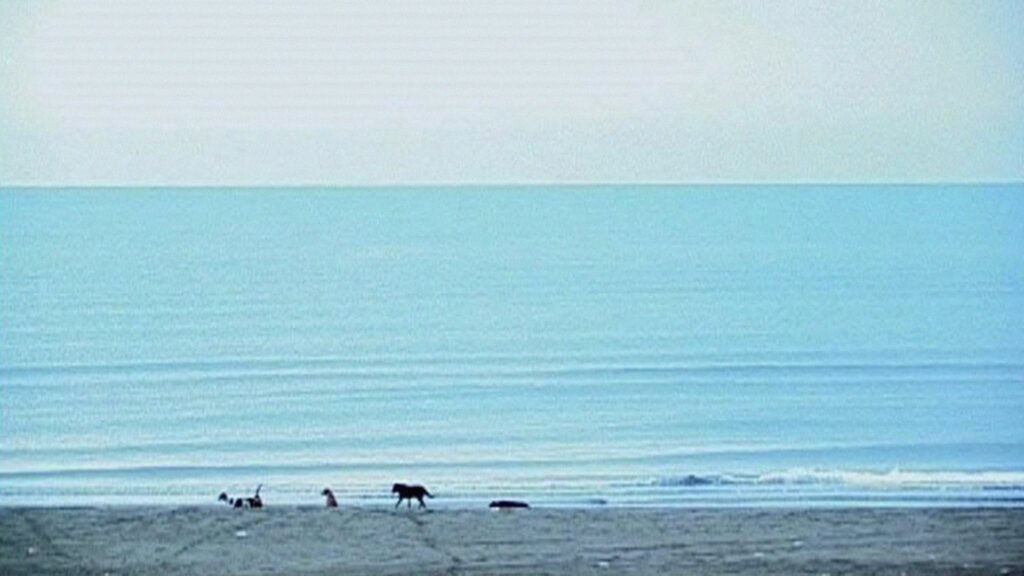Abbas Kiarostami’s Five Dedicated to Ozu is a unique cinematic experience. Films do not necessarily always portray stories. Sometimes, non-narrative shots convey more meaning than merely describing a story. Those become integral parts of a film and most importantly depict life on screen. Five Dedicated to Ozu consists of five long shots of nature without any story or dialogue. Kiarostami was an ardent admirer of Ozu’s work and because of its filming mode and shots structure, dedicated this film to the late Japanese maser.
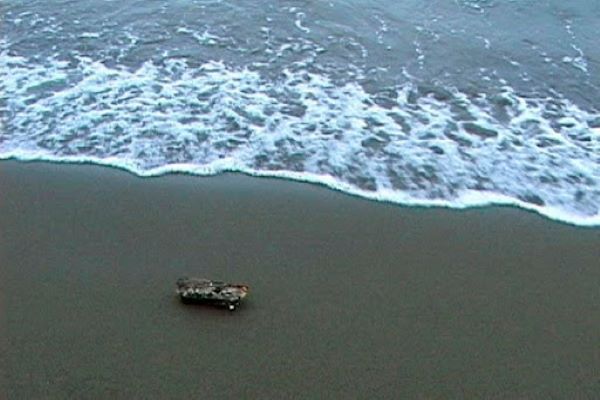
Abbas Kiarostami stayed a few days in northern Iran by the Caspian Sea in the summer of 2002. His artistic visions reached out to mother nature and he picked up his handheld DV camera for filming the regular events by the sea. Five Dedicated to Ozu has five long shots of approximately 16-18 min each. In the first shot, a piece of driftwood is repeatedly carried over by the waves and crashed on the seashore. After some time, it gets broken into two parts. The smaller part is carried away by the waves. In the second scene, people are walking across a boardwalk. The younger ones pass by and the older ones stop at a corner for a discussion. In the third scene, five dogs rest on the seashore and the camera captures them from a long distance. In the fourth shot, a flock of ducks walks from left to right and then a few of them change the direction. In the fifth shot, moonbeams are reflected on a pond. The nocturnal creatures make a symphony until it is stopped by a sudden thunderstorm and downpour. Eventually, the dawn breaks.
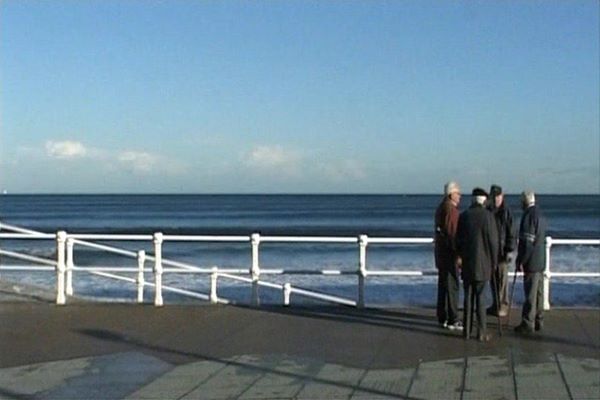
Life can be contemplated and interpreted even by pictures. Though Five Dedicated to Ozu does not have any dialogue, the shots are self-explanatory. Each shot is meditative, significant, natural, and overall extremely pretty. Kiarostami believes that life can never be fully controlled. It is always dependent on multiple chances during its flow. All the actions in a film do not need to be directed. For this film, he played the role of an observer who has surrendered to nature and its wonders to take the required course of action. The driftwood could have been broken by artificial means but he depended on the action of the waves and wind for the driftwood to be broken. Nature takes its own chances and plays its own role much like life itself.

Kiarostami observed the actions of the animals including humans. A group of old people gathers in a corner of the boardwalk. A flock of ducks passes by and a few of them change the direction. A group of dogs rests on the seashore. The beautiful shimmering of moonbeams gets washed away by the thunderstorm and rain. But, when the dawn breaks, the Sun shines again. Five Dedicated to Ozu flows from silence to sound, from separation and solitude to communion, from the darkness to the shimmering of the moonbeams to sunshine. The phases of life also revolve around sorrow and rejoice.
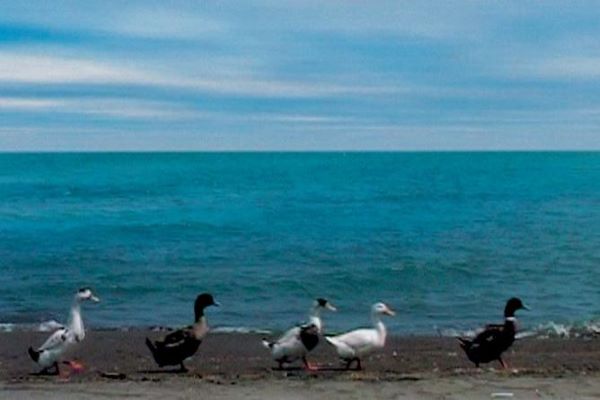
On multiple occasions, life itself plays its own roles and humans are merely the observers. Films are not always a medium of artificial actions, rather a medium to observe and meditate on nature, its sequences of actions, and the impact of those on our lives. Kiarostami dedicated this film to the late Japanese master Ozu who discovered Japanese society and culture through his static camera and long shots. Through the long and static shots of Five Dedicated to Ozu, Kiarostami discovered a new language of nature and its impact on humans.
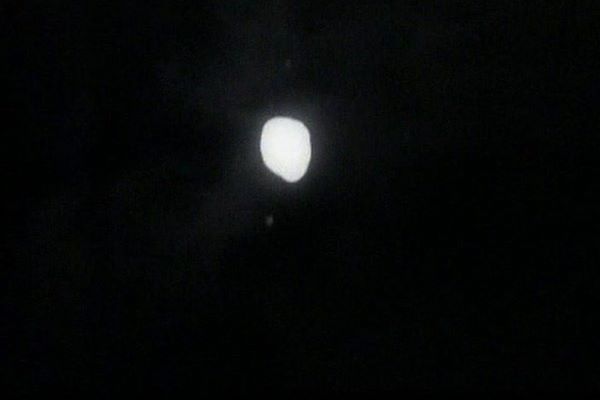
Film analysis and review on YouTube by Mainak Misra
